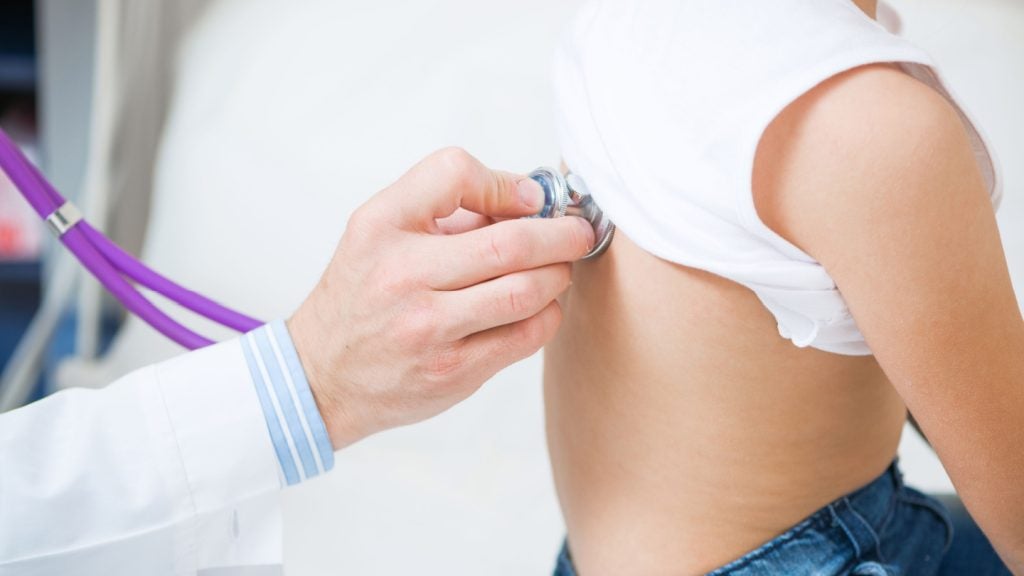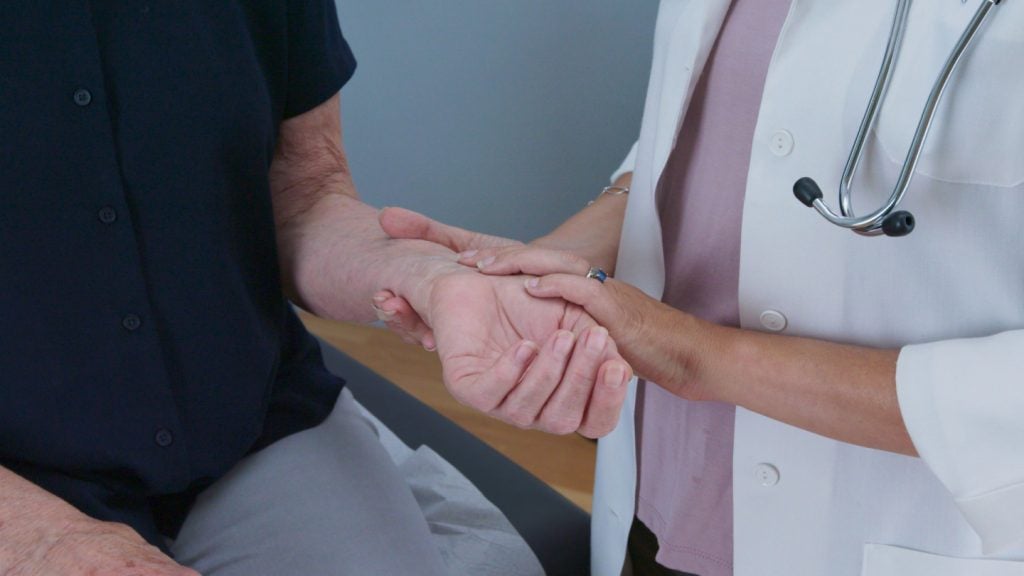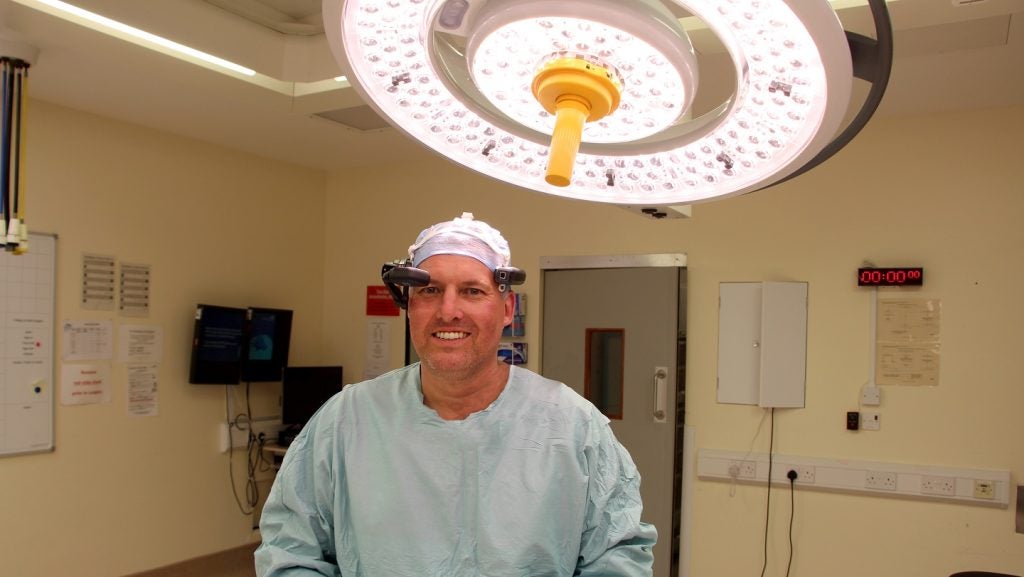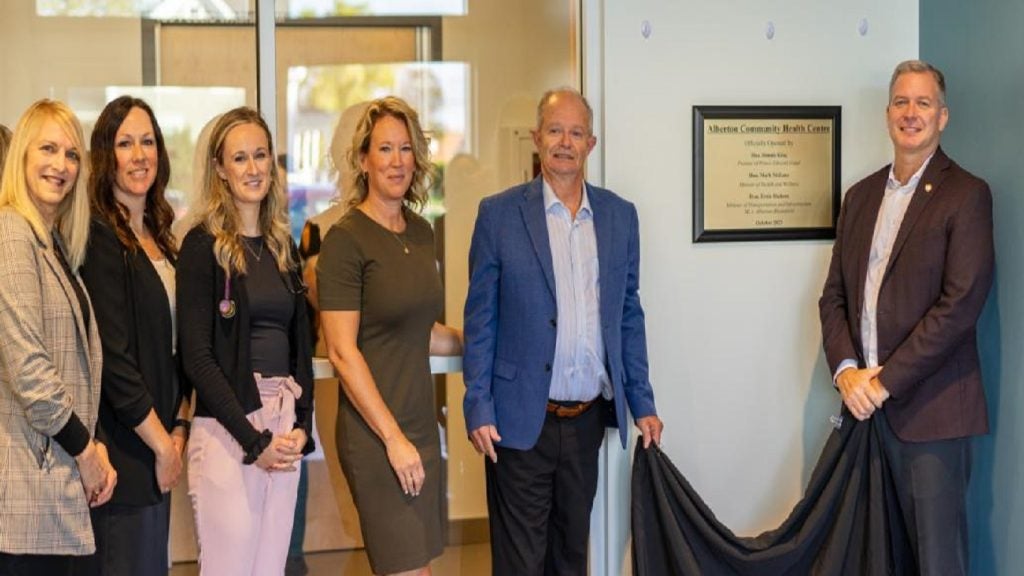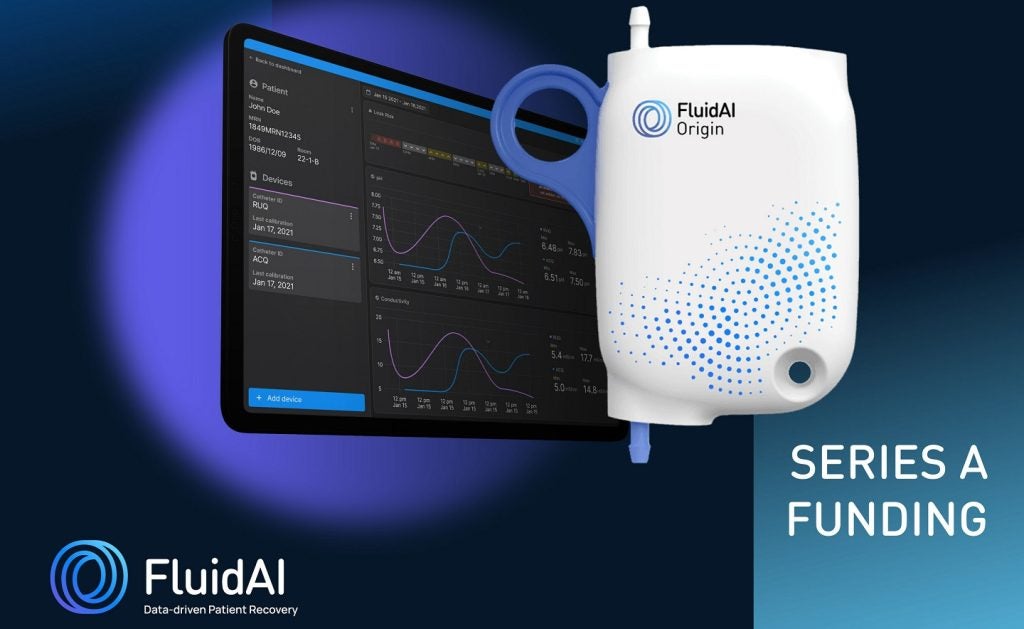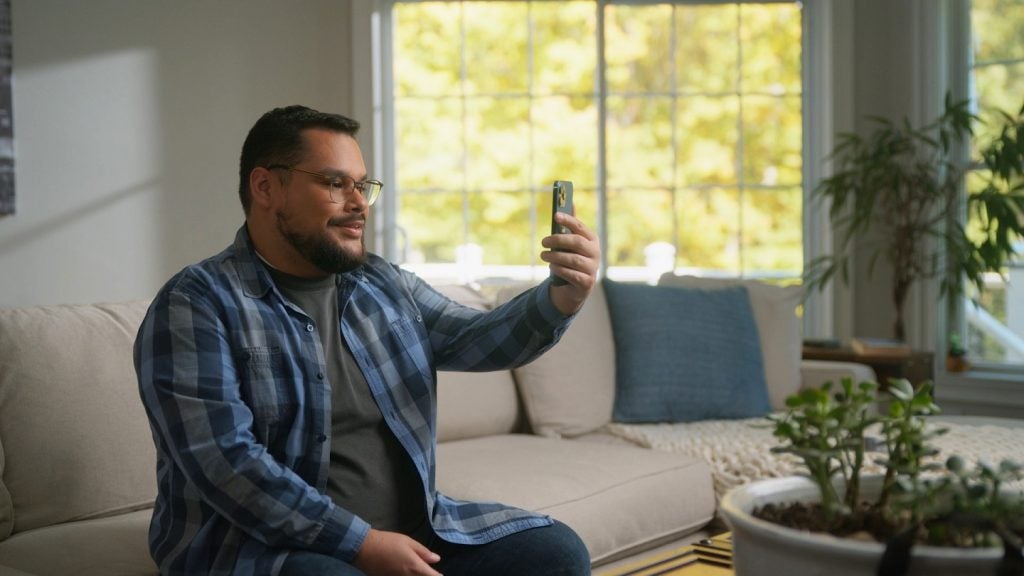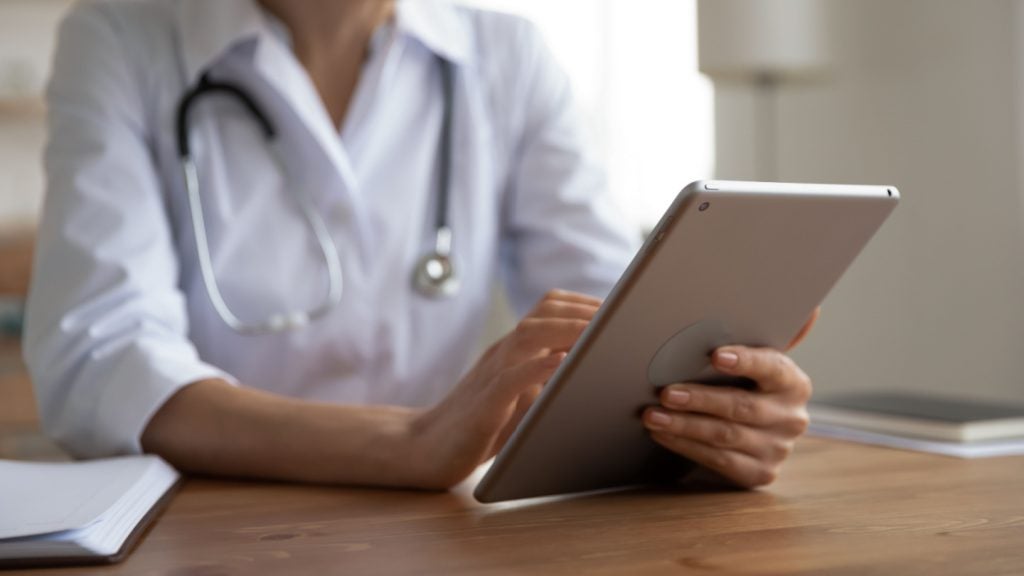US-based company BelleTorus (Belle.ai) and its partner Urban Health Plan (UHP) have received a contract from the Advanced Research Projects Agency for Health (ARPA-H).
The $3.5m contract aims to improve paediatric healthcare access using AI.
Belle.ai said the contract had been funded via federal funds from the ARPA-H, which is part of the US Department of Health and Human Services.
Together with UHP, the company will develop an AI-powered solution to allow healthcare providers to remotely examine children using smartphone images of skin, ear, and throat conditions.
This solution is expected to significantly decrease visits to emergency departments while also minimising the burden on healthcare professionals.
In its open and competitive solicitation, ARPA-H said: “Office visits represent a particular burden to socioeconomically disadvantaged families and underserved rural populations, where clinics may be far from home and time away from work or transportation means may not be guaranteed.
“Prompted by the recent pandemic, telehealth has emerged as a critical tool in healthcare delivery, providing remote access to healthcare services for children and their families.
“However, visits requiring direct physician-patient interaction (for ear checks or lung auscultation) have lagged behind in transitioning to telehealth.”
Under the terms of the contract, Belle.ai and UHP will measure and submit results from their digital innovation for skin, throat, and ear image analytics to ARPA-H.
The companies will also report to ARPA-H on any reduced burdens on healthcare providers, impacts on patient outcomes and community-wide economic benefits of greater health equity and access.
Belle.ai board of directors strategic advisor Emme Deland said: “Innovating care for ear infections is a tremendous contribution to our medical services toolbox.
“Improving quality, access and efficiencies are what Belle.ai is committed to achieving every day.”
Belle.ai said its platform helps healthcare professionals examine patients by comparing smartphone images of their skin with existing images of skin and throat conditions.


